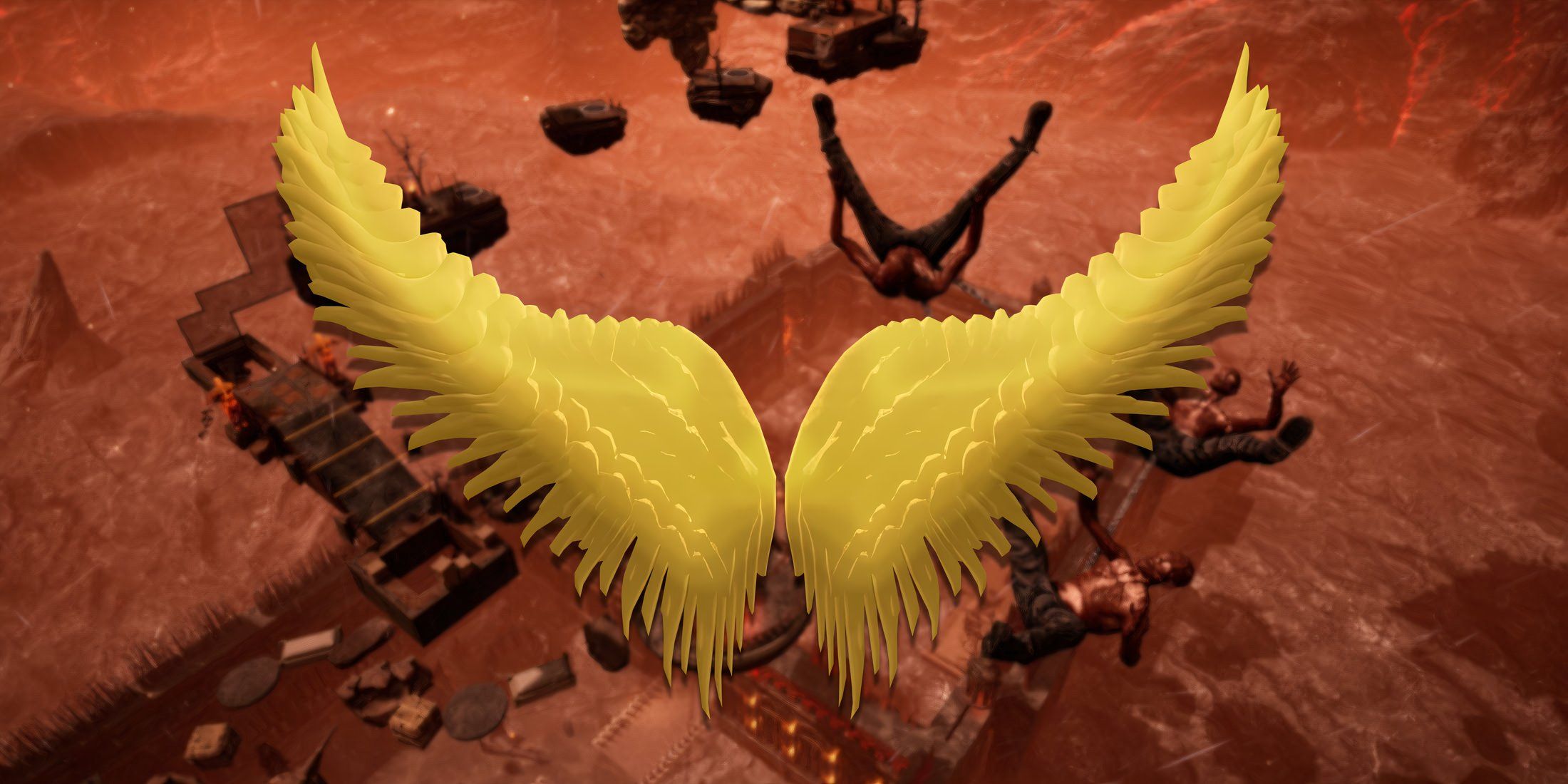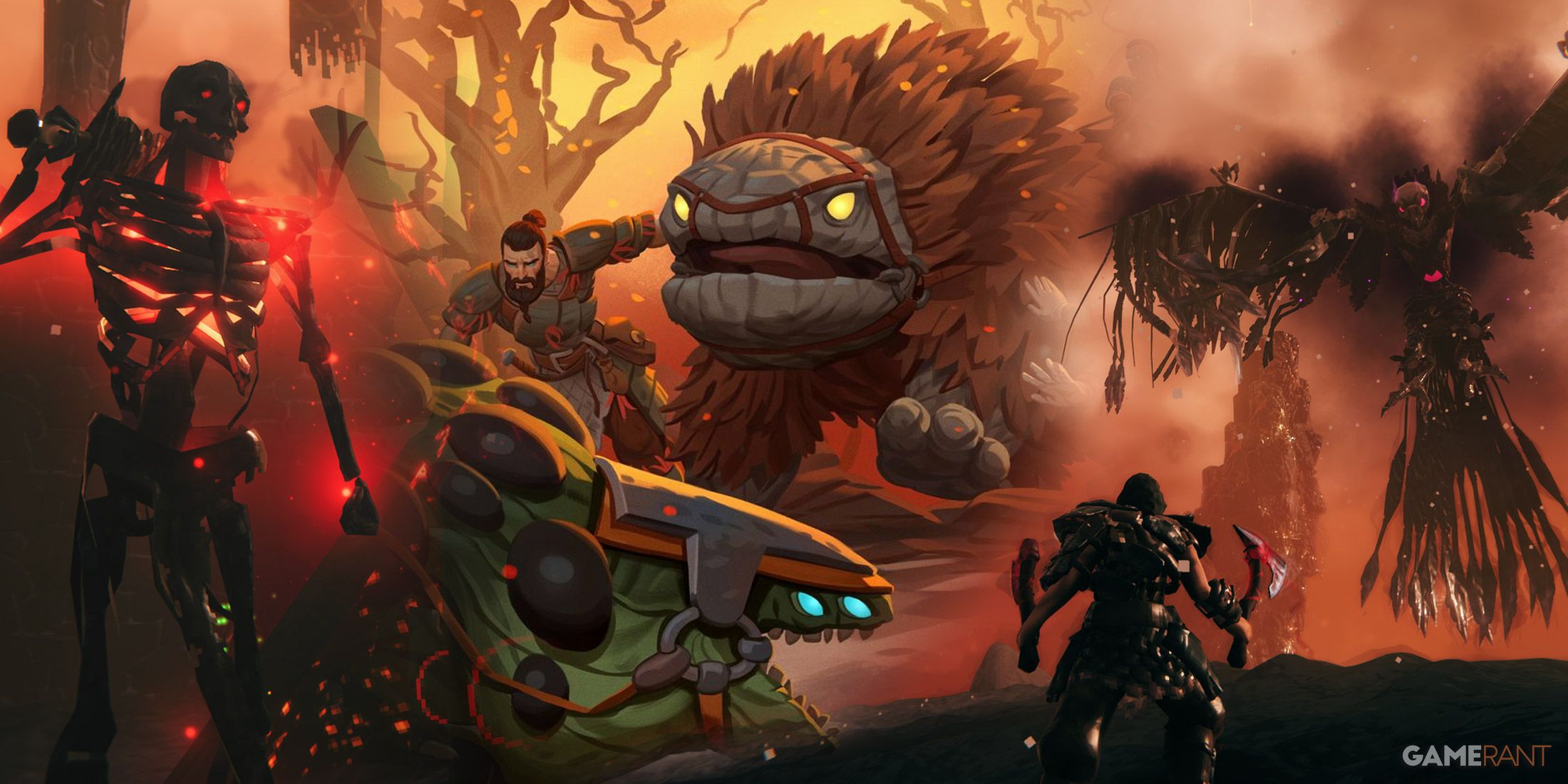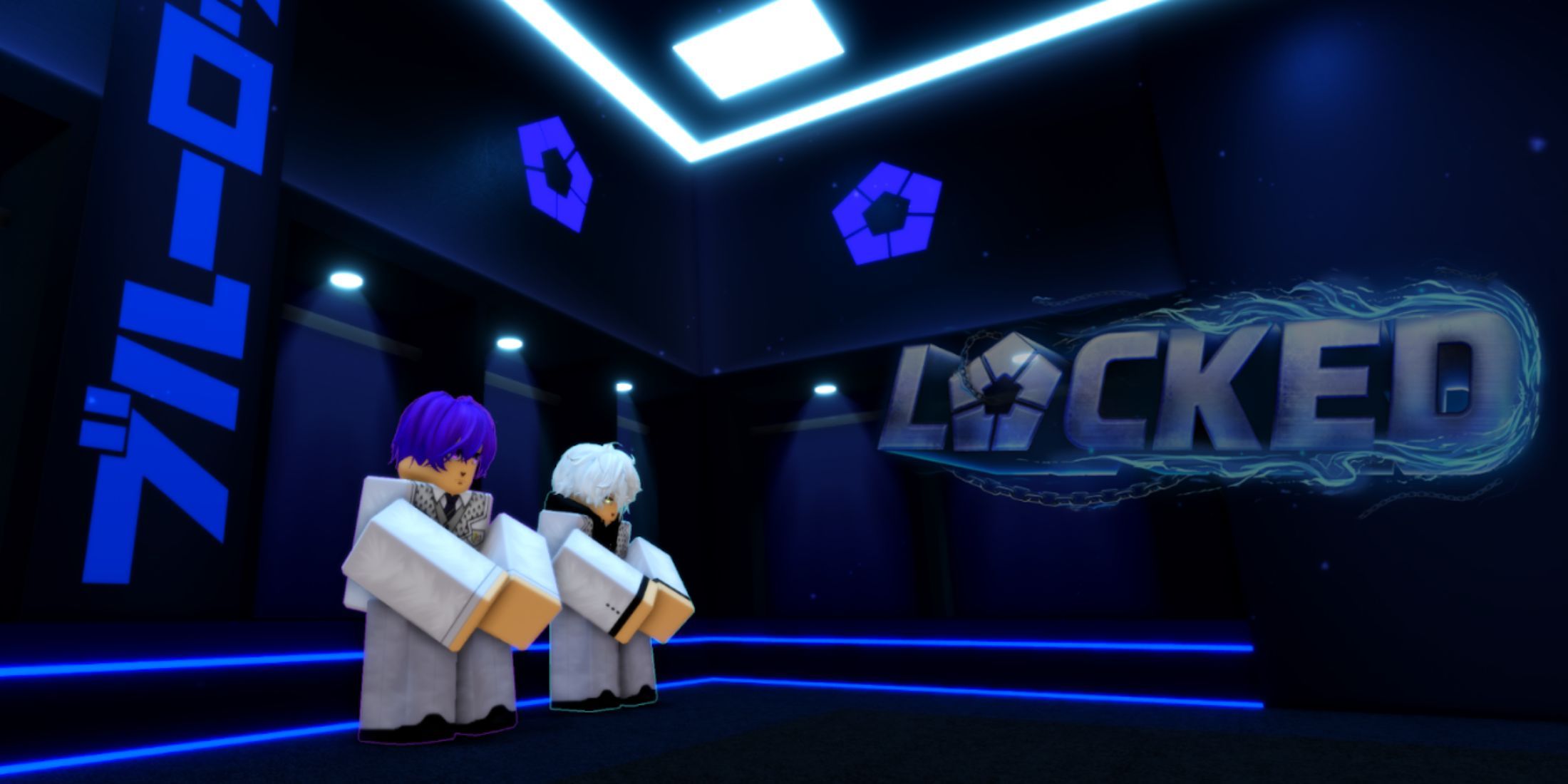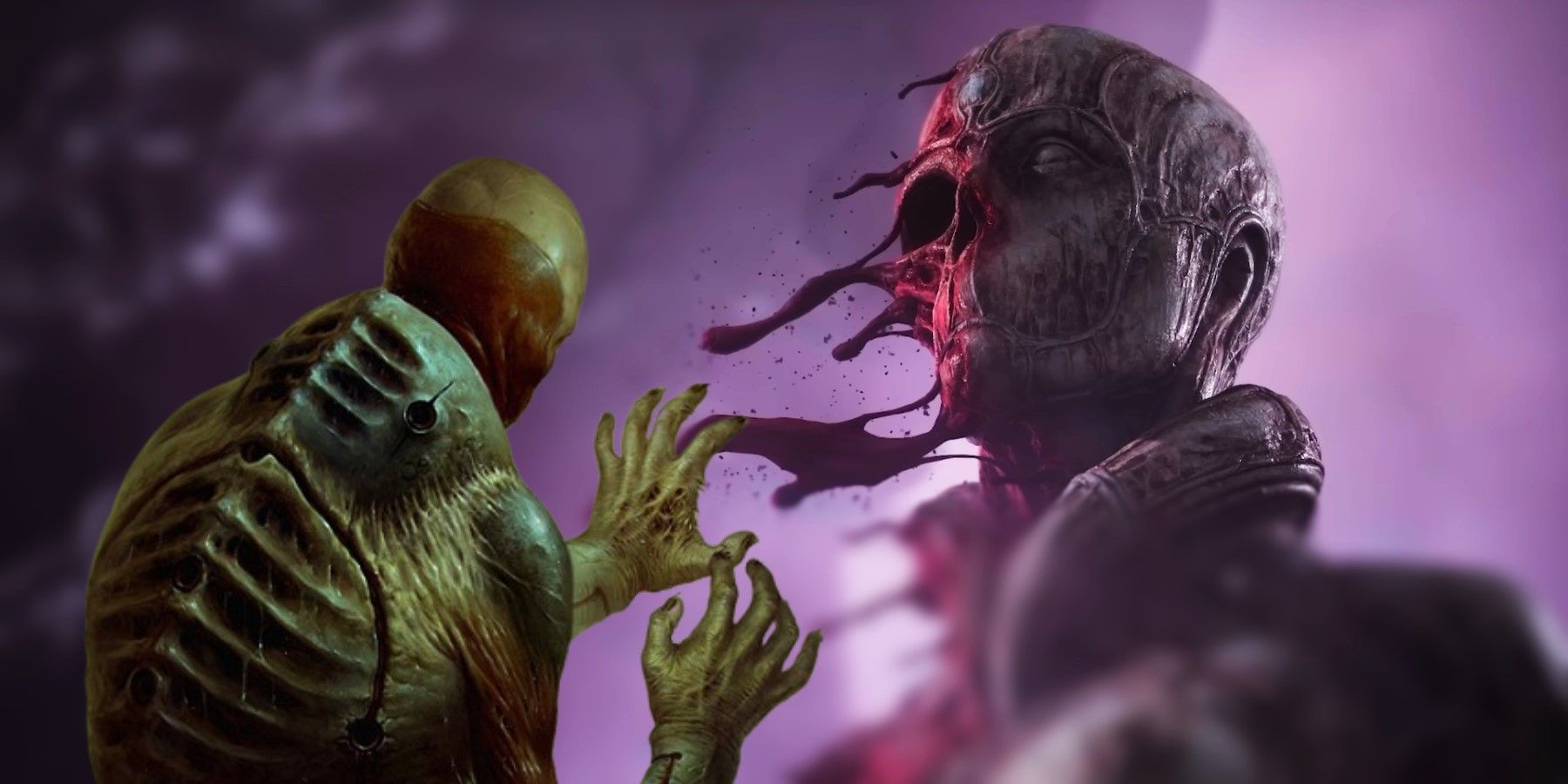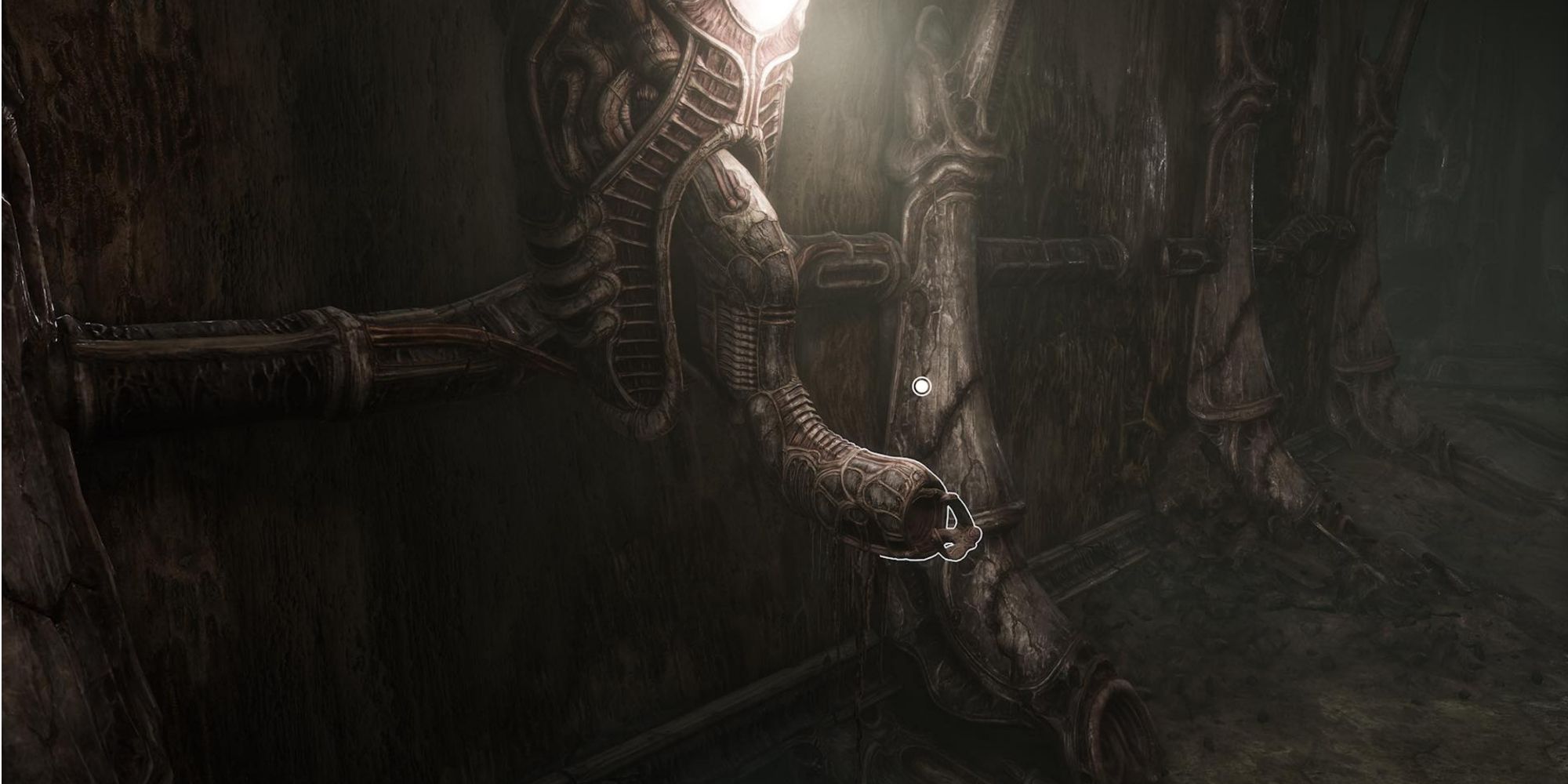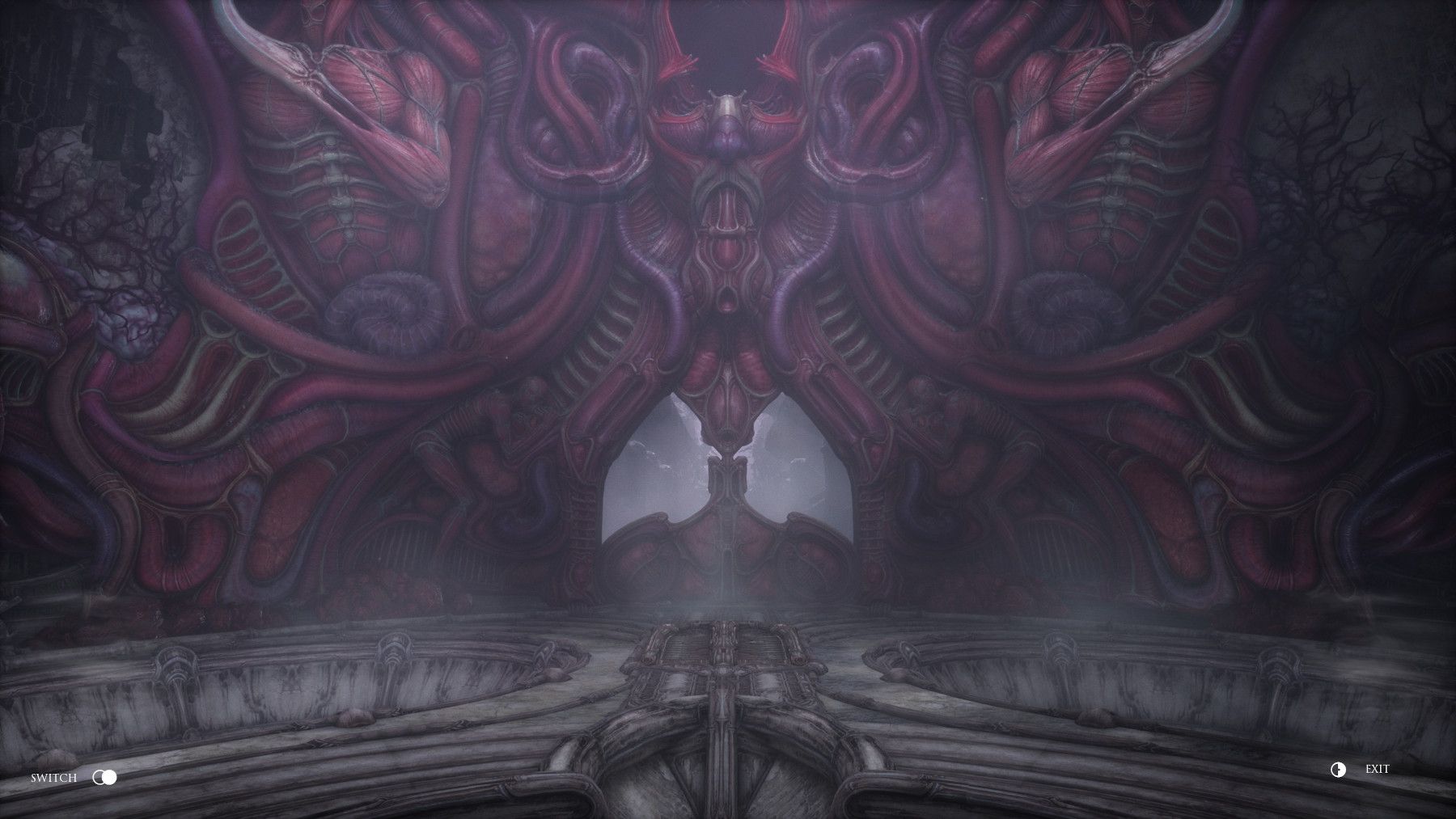After a very long time in the making, Ebb Software's Scorn finally become available worldwide just a few days ago amidst a mix of glaring and gloomy reviews, with little in between. This is a testimony to Scorn's effectiveness as a video game, with it being way heavier on puzzles and visual storytelling than it is on gunplay and lore, considering that weapons play a tiny role in the overall experience and nothing is ever explicitly stated as far as the narrative goes. Several critiques came from players who weren't happy with the lack of gameplay features that go beyond transporting objects and even corpses from one place to another or using alien contraptions in rather human ways.
Although Scorn's gameplay may not be exciting in an encompassing way or very deep mechanics-wise, it does blend perfectly with the imagery to tell a story that doesn't need words to be told, making the absence of dialogue a conscious choice on the developers' part. Players are thrust into an alien world where their understanding is very limited aside from learning rather quickly what helps them on their way and what doesn't, what death is, and what it means to survive. This creates the perfect environment to tell a tale of childbirth and the future of mankind.
How Scorn's Bare Gameplay is Used as a Narrative Means
Scorn's world is strange because it is so many things at once, and all of them converge to create a subtext that's both disorienting and extremely familiar, where human-like characters are distorted into beings similar to H. R. Giger's, while flesh and machines blend ominously. There is no map in the game and no indication of what players are expected to do, to the point that it can be confusing and some don't even complete Scorn's first act before calling it quits.
This sense of bewilderment can be compared to that of a child entering a world like Scorn's micro-universe that's alien to them, which is often used in stories to make the protagonist as unaware as the audience about their surroundings. Players may indeed feel like the world is treating them scornfully from time to time -- environments so indecipherable that exploration may become pointless, creating a powerful contrast between what one might expect and what the overall experience ends up being. Even going from one act to the next is not something the game actively promotes or explains, leaving it to things like platform-specific achievements that pop up when players progress in the game.
Some puzzle solutions are timed, meaning that players who don't know where to go might find themselves locked out of progression, with the game forcing them to solve the puzzle once more when they find their way out. As far as enemies are concerned, they only really appear from the third act onward, and this is further proof that Scorn was never meant to be a horror FPS. At times, players may feel that enemies are a bit clumsy and sluggish, as if they too were adapting to a new habitat after a long gestation on their mothers' part, only for them to be left to their own devices.
What the Meaning Behind Scorn's Story Could Be
Scorn is like other horror games when it comes to the atmosphere it envelops its players in, but it's also very different from them in many ways. Its imagery is all about life and death perpetuating in a world that seems to be slowly fading away to corrosion, where different forms of life compete for their place in the world before the inevitable end. Even the protagonist has no name nor specific characteristics that make them a distinct enough being. They're a fading image throughout the game, and it's not even clear what their purpose is unless it aligns with the players' -- to get out.
There are lots of egg-shaped objects to be seen in the game or to interact with, and their symbolism is quite clearly tied to sexual reproduction in nature. This becomes even more apparent when sculptures inside the temple at the end show human-like women throughout a cycle that goes from acts of sexual reproduction between two human-like figures to a female humanoid giving birth. Players even see a grown humanoid be born from one of the eggs in earlier chapters, but the creature dies shortly afterwards due to being premature. In fact, Scorn probably owes its name to what its setting and fauna try to convey: devaluation and disdain for life.
There seem to be no women in the game's world outside of those depicted in the temple, and this could mean that they went extinct in this world, but life carried on by finding ways of getting male individuals pregnant. As Scorn players rapidly discover, however, the outcome is a distorted, gruesome form of life that is all but natural. This idea is reinforced when, towards the end of the game, players reanimate two androgynous humanoids with few traits apart from a red apparatus that seems to represent a uterus for reproduction needs.
The game ends with Scorn's protagonist being carried in the arms of one of these mother-like individuals while being repeatedly stabbed by a contraption, only for them to be attacked by a parasite entity that traps them in the world of Scorn mere steps away from a gate enveloped by mist. This image is possibly meant to represent a stillborn child who never made it through that gate, the coveted way out of a world in passing that feels like a womb but lacks its warmth.
Scorn is available now for PC and Xbox Series X/S.

